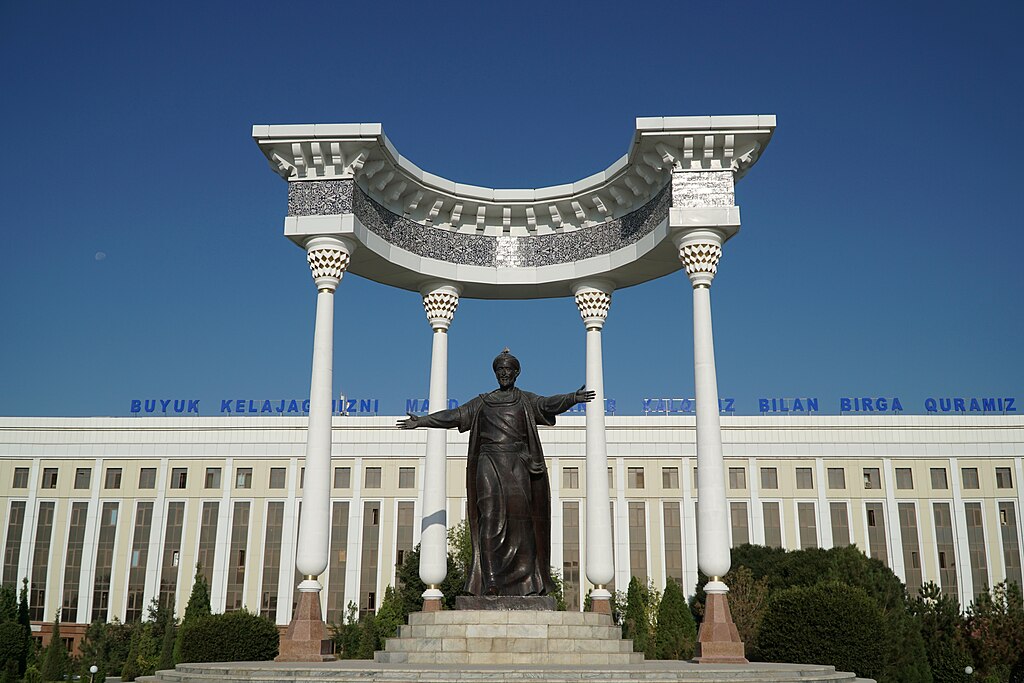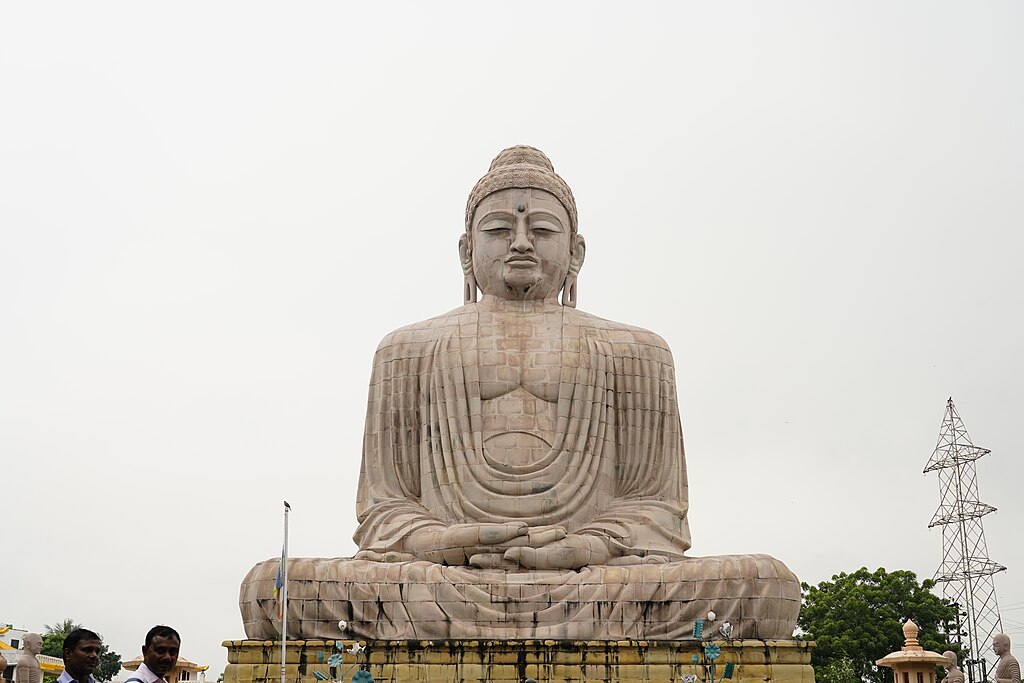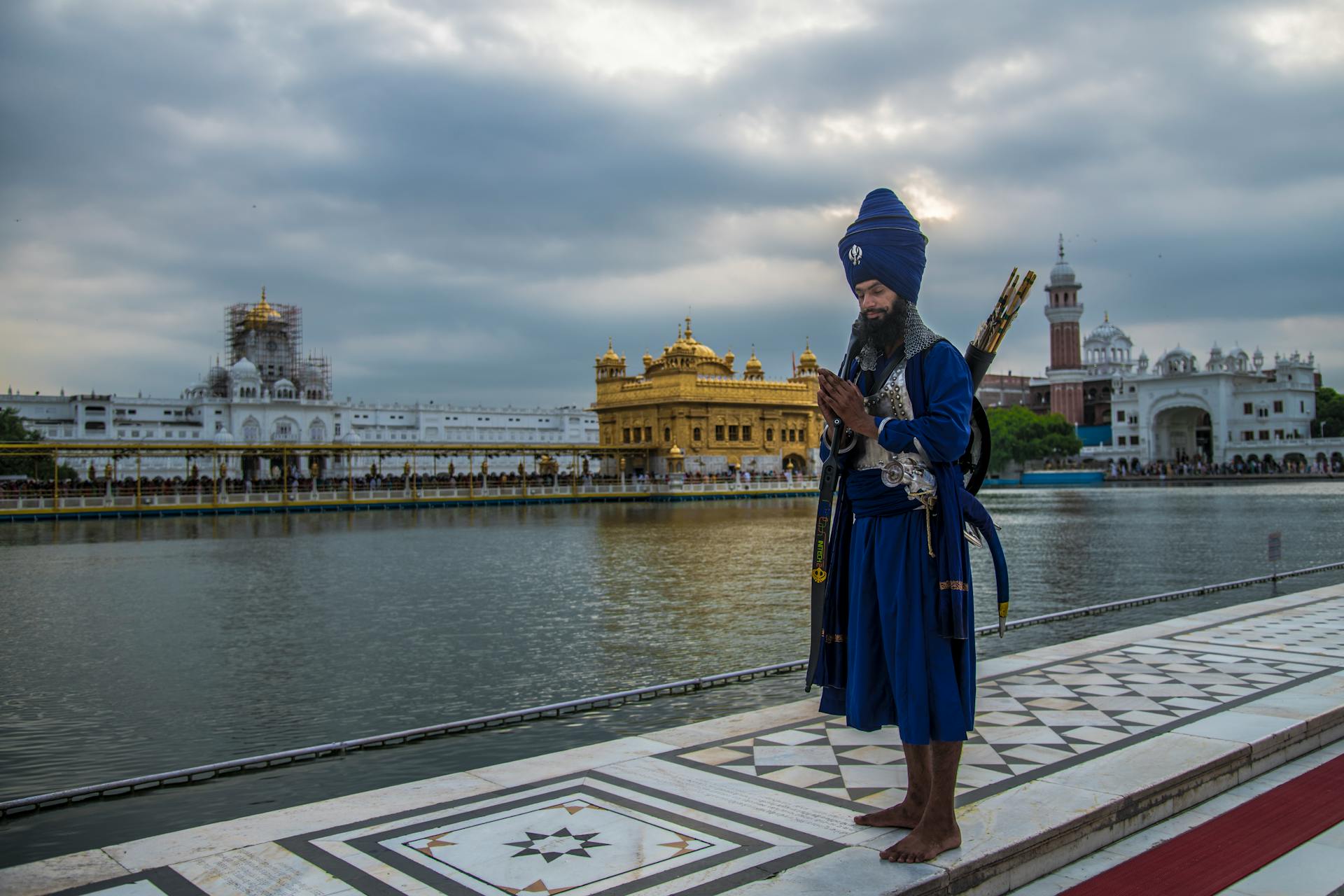
The world’s religions share stories of hope, struggle, and connection that stretch across centuries and continents. Each popular faith brings its own unique practices and beliefs that guide millions through everyday life. Yet belief doesn’t always follow tradition—surprisingly, around 16% of people identify as unaffiliated and explore new ways to find meaning and values. This shows that faith keeps changing, mixing old customs with fresh ideas.
However, in this shifting world, some religions still shape cultures in powerful ways. Here, we take a closer look at the most popular religions and how these ancient paths remain part of today’s world. We will also touch on smaller groups, like folk religions and other less common faiths, to give a fuller picture of the global spiritual diversity.
Christianity

With 31.2% of the world identifying as Christian, this faith is practiced by more than 2.4 billion people across continents. It began in 1st-century Roman Judea and quickly spread through missionary work and imperial influence. Christianity today comprises thousands of denominations, each offering its own interpretation of Jesus Christ’s teachings.
Christianity (Contd.)

No other text has shaped global literacy and language development more than the Christian Bible. With 756 full translations and over 3,700 partial translations, it’s available in nearly every spoken language. From Gutenberg’s first printed copy in 1455 to today’s mobile apps, the Bible has remained a central tool for both religious devotion and education.
Christianity (Contd.)

For many, Easter and Christmas are about faith. For others, they’re about family, food, and rituals passed down. Christmas wraps sacred stories in colorful lights and presents. Easter brings both solemn services and chocolate eggs. In homes around the world, these days shape traditions in ways that go well beyond religion.
Islam

Islam is practiced by approximately 1.9 billion people, making up 24.1% of the world’s population. Beginning in the 7th century CE with the Prophet Muhammad, it quickly grew beyond the Arabian Peninsula into Asia, Africa, and Europe. Today, Indonesia is home to the largest Muslim population, followed by Pakistan and India.
Islam (Contd.)

Practicing Muslims follow five core obligations known as the Five Pillars. These include praying five times a day, charity, fasting during Ramadan, pilgrimage to Mecca, and declaring faith. Each act reinforces spiritual discipline and community responsibility, which shapes daily life regardless of nationality or socio-economic status.
Islam (Contd.)

Between the 8th and 14th centuries, the House of Wisdom in Baghdad stood as a world-famous center for knowledge and discovery. During this time, Muslim scholars made major advances in algebra, astronomy, and medicine. Thinkers like Ibn Sina and Al-Khwarizmi inspired Europe’s Renaissance through Latin translations of their groundbreaking works.
Hinduism

Originating in the Indus Valley over 4,000 years ago, Hinduism has no single founder. Its teachings evolved through ancient scriptures called the Vedas and later texts like the Bhagavad Gita. Today, about 15.1% of the world—roughly 1.2 billion people—practice Hinduism, primarily in India and Nepal.
Hinduism (Contd.)

Hinduism’s rich spiritual heritage is reflected in its sacred texts. The Upanishads examine deep questions about existence, while the Bhagavad Gita focuses on duty and devotion. Moreover, epic stories like the Ramayana and Mahabharata provide moral lessons. This diversity allows Hinduism to embrace many beliefs—atheistic, polytheistic, and monotheistic.
Hinduism (Contd.)

Rituals are central to Hindu practice, from daily pujas to elaborate weddings and cremation rites. Moreover, festivals like Diwali symbolize light’s triumph over darkness, and Holi marks the victory of good over evil with joyful color play and lively celebrations. Ceremonies often vary by region, but all aim to align individuals with cosmic cycles and spiritual duties.
Buddhism

Buddhism was founded by Siddhartha Gautama around the 6th century BCE in northern India. After years of asceticism and meditation, he achieved enlightenment under the Bodhi tree. His teachings, centered on suffering and the path to liberation, now influence 6.9% of the global population, especially across Asia.
Buddhism (Contd.)

At the heart of Buddhist practice lies meditation, focusing on mindfulness, loving-kindness, and concentration. These techniques help ease suffering. In countries like Thailand and Sri Lanka, monastic life emphasizes lifelong study and silence, while many in the West use meditation to boost mental health and well-being.
Folk Religions

Folk religions guide 5.7% of the world’s population, using oral traditions over written texts. Chinese folk religion respects ancestors and nature deeply. Japan’s Shinto intertwines spiritual rituals with local life. Across Africa, traditional beliefs strengthen community bonds and connection to the land. Larger religions sometimes shape these local practices.
Folk Religions (Contd.)

Festivals in folk traditions play a key role in preserving cultural identity and building community bonds. Celebrations such as the Chinese Lunar New Year, Shinto Matsuri in Japan, African Harvest Festivals, and Native American Powwows involve ceremonies, feasts, music, and dance that mark seasonal changes and important spiritual events.
Other Religions

Beyond the major world religions, others—making up about 1% of the global population—hold rich cultural and spiritual legacies. Sikhism, for example, emerged in 15th-century India and is known for its gurdwaras and devotion to service. Jainism emphasizes purity and nonviolence. The Bahá’í Faith seeks unity, and Zoroastrianism keeps ancient fire traditions alive.
Other Religions (Contd.)










